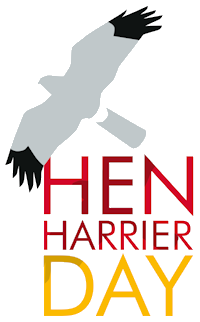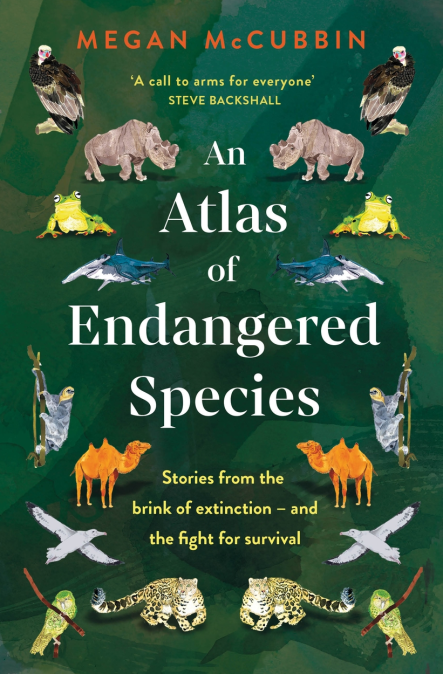In Conversation with Megan McCubbin about Endangered Species
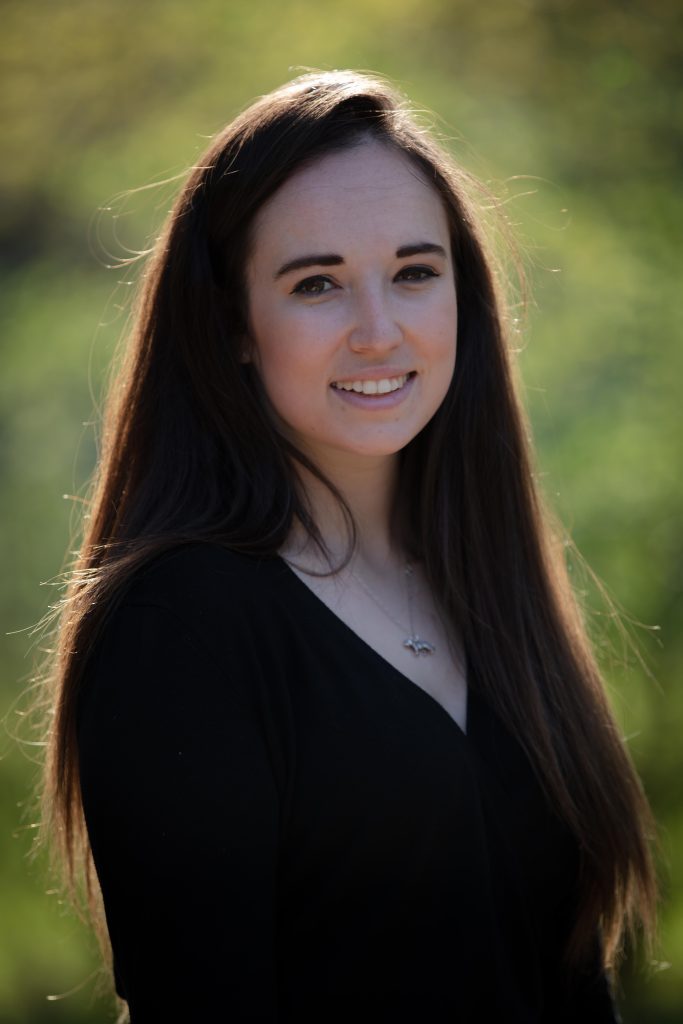
This article is the first in a new series of conversations with leading figures in the nature conservation world to learn more about the different approaches for achieving environmental conservation progress and success. We are joined by Megan McCubbin, someone who has unwavering passion for wildlife and conservation and a deep love of sharing her knowledge of the natural world with audiences worldwide.
Megan is a communicator, presenter, zoologist, and campaigner that many will recognise from TV programmes including Springwatch and Autumnwatch in the UK. She is also a published author, with books including Back to Nature: How to Love Life and Save It, and her latest book, An Atlas of Endangered Species, which highlights a range of species under threat around the world and tells the stories of individuals and organisations fighting to save them.
HHA: We’re here to talk about your latest book, but before we do that, I know that you travel a lot with your work. Where do we find you today?
I’m currently in the Scottish Highlands, one of my favourite places. I’ve been spending a lot of time here over the last year and it’s become a second home for me. If I am working from home, I am generally here in the Highlands.
I enjoy being where the nature is, and we are very fortunate here. We have a family of four badgers that come in every night. We sometimes get Pine Martens – I’m trying to make that a regular occurrence! It is a great habitat to explore because there is such biodiversity here. This part of the world is a gem in terms of what’s left in the UK and it’s a great example of what can be achieved. It is part of the Cairngorms Connect project, and there is lots of rewilding happening here. There’s still a long way to go, but it is as wild as you can get in the UK.
HHA: Turning to your latest book, you say in the introduction that this is a book about inspiring people doing inspiring things to save some incredible and unique species. Why did you decide to write this book now?
When we are talking about climate change and the biodiversity crisis it can feel a bit overwhelming and you’re facing this big problem, and you’re facing it alone as individuals. What difference could I possibly make?
It can feel a bit isolating at times, and people talk about ‘eco anxiety’ and ‘eco fatigue’ to the point where we don’t know what we can do. We become paralysed. But my standpoint is that we are all, as individuals, incredibly lucky and incredibly powerful, with our voices and the power of our pound. We have everyday choices we can make that can really make a difference.
When we face problems like climate change and biodiversity loss together, then those problems immediately become a lot smaller. All our individual actions add up, and if we are all working together towards a common goal, then we will succeed.
So, when it came to writing this book, I love UK wildlife, but I’ve also been very fortunate to travel and see some amazing endangered species that are right on the brink, that many people have not even heard about before.
I wanted to bring attention to them but also to the scientists, the rangers, the indigenous communities that are out there risking their lives for the protection of these animals and plants, every single day, trying their hardest to make that difference. And in many cases, they are succeeding, but they do need more support.
It is about empowering people by telling these individual stories and saying, ‘look at what this person is doing’. There is a wonderful man who is saving frogs out in the cloud forest, and you have Pungky, a Sumatran conservationist who is single-handedly saving orchids from plant poachers. Look at all these individual actions and how important they are, and if that is not empowering us to do something on our own ground, then I don’t know what is!
There are some inspiring individuals out there and we can learn a lot from international conservation strategies. It really is just one planet, even though we have created all these borders and paperwork. We have one beautiful planet, one beautiful landmass, and it is all interconnected.
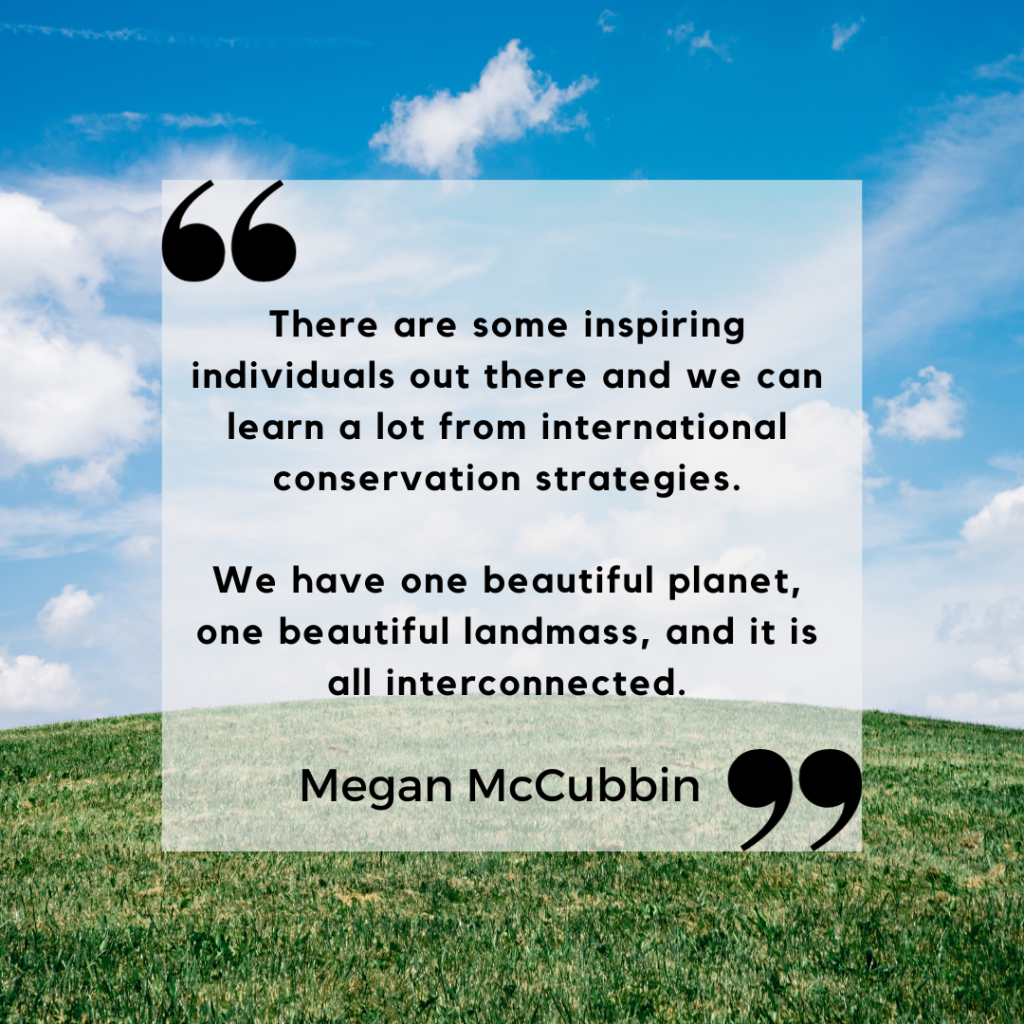
HHA: I know that you tried to make this book as accessible as possible for readers of all levels, and I believe that there is a personal reason behind that.
I wasn’t particularly academically gifted at school, and it took a long time for me to recognise why. It wasn’t me failing the school system, it was the school system that was failing me. We’re expected to be examined in a quiet room with a pen and paper, and questions – it’s a very old-school way of assessing someone’s skills and capabilities. I don’t do well in exams, I am much better practically, and if you are not taught in the way that you learn best, then you are ultimately set up to fail.
When I was seven years old, I was diagnosed with dyslexia. One in ten people are, so it’s not a particularly unusual thing and many people have the same struggles that I did. It was quite disheartening to be different, to not understand why you are different, and to be treated as such.
I don’t want anyone to go through that again. I remember having a real phobia about books and reading out loud in class. I read lots of amazing books, but sometimes I pick one up and my heart sinks, because the font isn’t one that I can easily read, or the style makes it difficult for me to read.
I wanted to make this book as dyslexia friendly as possible. You wouldn’t necessarily know from looking at it that it is different from any other book, but there are subtle changes in there which mean it is a lot more accessible for everyone. People without dyslexia have told me how much easier it is to read. Even my mum, who mostly reads on Kindle, told me that it was the first book she’s been able to read on paper for a long time! Every aspect of the book has been designed for accessibility.
HHA: The book has some amazing watercolour illustrations. Who did these?
A super-talented and very imaginative artist called Emily Robertson. We were dealing in many cases with very niche species, and she came back with the most beautiful illustrations that really brought life to the books. Some of the stories are quite hard-hitting, and Emily’s work counterpoints that by bringing colour and vibrancy to the book.
HHA: How did you manage to choose these 20 species when there are so many that are deserving of inclusion?
With great difficulty! I knew that I wanted to have species that spanned different parts of the world, and that I wanted mammals, fish, amphibians, insects, and plants all represented.
So, I put a shout-out on Twitter because I wanted to learn about species that I wasn’t familiar with. I got so many responses from scientists, rangers and people living alongside globally endangered species – there is some amazing work going on. That’s how I learned about wild camels, for example. The book is really an anthology of their stories, backed up with a bit of science and the history of the issues facing these species. Some of the threats, for example, of ivory poaching for Asian Elephants, and the shark fin trade for Hammerhead Sharks, are issues that most people would be familiar with.
But I wanted to bring to light new stories, so I’ve talked about how recreational fishing off the coast of Florida is incredibly damaging to the Hammerhead Shark, and how Asian Elephants are being skinned for jewellery – elephant skin beads – in Myanmar. I wanted to do some surprising stuff that people wouldn’t have heard about, even if they were familiar with the species.
HHA: You did most of your interviews remotely using video conferencing. How well did that work in learning about the conservation actions and the stories behind them?
Obviously, I would have loved to see these projects first-hand, but it wouldn’t have been good for the climate, considering how many trips I would have needed. I wouldn’t want that kind of carbon footprint on my conscience.
When I started writing, there were still some lockdown travel restrictions, and the video calls worked well, because I was talking to people in their offices, in their own homes. When I talked to Pungky he was in a greenhouse in the middle of the Sumatran jungle! It was very insightful, and a really good way of diving into their work. Throughout the process I went back to them to make sure they were happy with the way I was telling their stories – it was very collaborative, and I’ve got a lot to thank them for in giving me their time and expertise.
HHA: How do you balance conveying the urgency and seriousness of the situation whilst also providing some hope and possible solutions?
I think the solutions are the most important bit. We need to be open and honest in talking about the issues that our planet and its biodiversity is facing, we need to be upfront and quite black and white about what needs to be done to save our planet, because of the situation we have got ourselves into and the timeframe we are looking at to sort this mess out.
I’m asked all the time, what can people do, and I say, make our gardens wilder, leave a corner overgrown, make a hedgehog highway. But we’re coming to the point where the most important thing we can do is use our voices. We should be emailing our MPs and asking them for the change that we want to see. We should be turning up for nature and doing a lot more.
And we should be getting comfortable with activism. It’s a word that has been demonised a lot, but I’m proud to be an activist. I wouldn’t want to be anything else because it means that I am trying to make a difference in my environment. If you can get people to stand up and be counted, then that’s when we’ll start to see big changes.
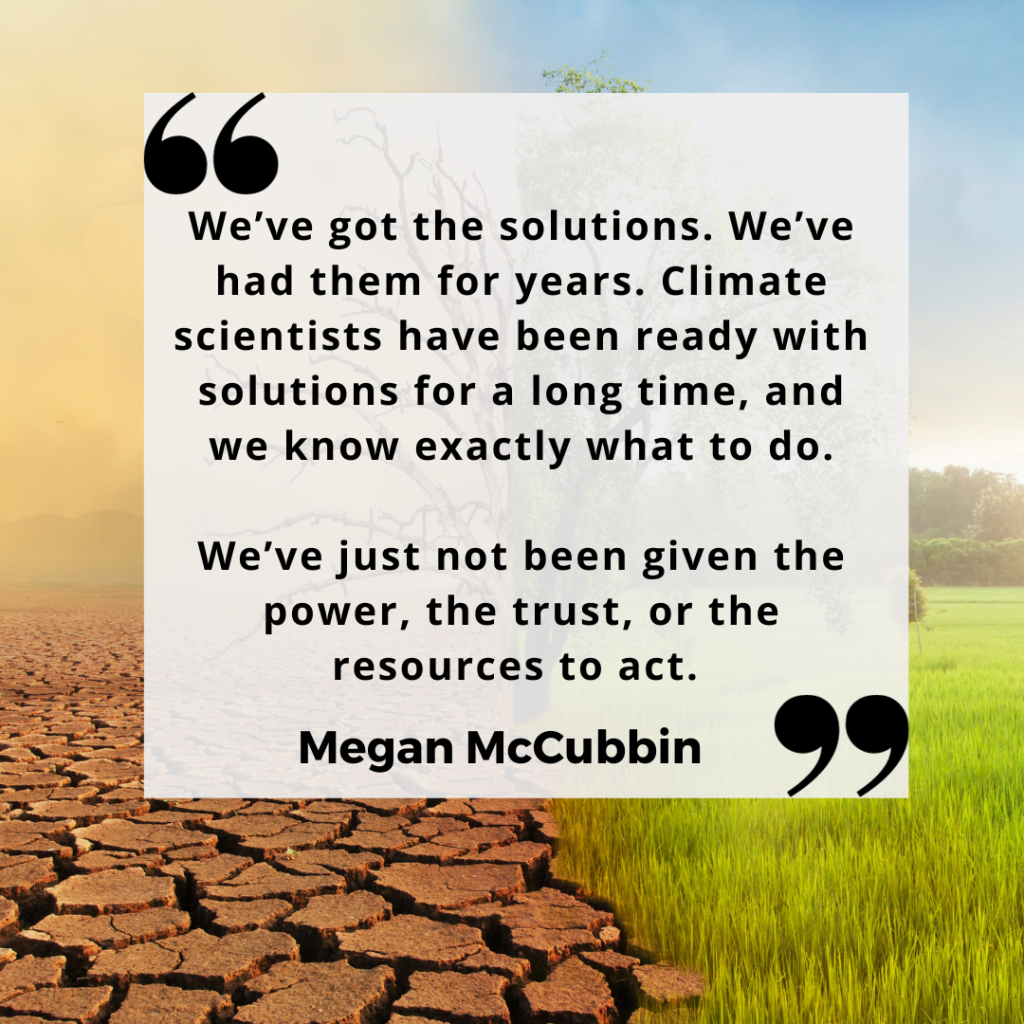
HHA: Your final chapter is devoted to us, the human species. Do you think we will, as you ask in the book, destroy the planet as we know it, or will we turn it around?
Human beings are very good at being reactive, but we’re not very good at being proactive. I think we will hit a point where we wake up, and many of us are already awake and ringing alarm bells. It’s the point where the people making policy and the CEOs of the companies pumping out fossil fuels at an extraordinary rate will wake up to it and think, we’ve got to do something now.
We’ve got the solutions; we’ve had them for years. Climate scientists have been ready with solutions for a long time, and we know exactly what to do. We’ve just not been given the power, the trust, or the resources to act. We’ve already had incredible weather this summer, it’s been the hottest June on record.
It’s when we switch from thinking, I can go to the beach and have an ice cream to thinking, this is life-threatening, and that switch will happen quickly. I have to be hopeful, and I think that we will turn it around, but it’s just how many species will we lose in the process. And that depends on how quickly we wake up to it.
HHA: If your book was entitled A UK Atlas of Endangered Species, it’s likely that the Hen Harrier would be in it. With your knowledge of conservation strategies around the world, are there any new approaches for Hen Harrier conservation?
We know the solution to saving Hen Harriers. It’s to ban driven grouse shooting. It’s as simple as that. We can beat around the bush for as long as we want, but until that happens, we’ll still see that threat to predators of all kinds – which are fundamental to the health of an ecosystem – being shot, poisoned, and trapped.
It’s an unbalanced and unhealthy practice – I can’t bring myself to call it a sport. At the same time, we’re releasing millions of non-native birds without an unbiased review on how that impacts our native wildlife.
